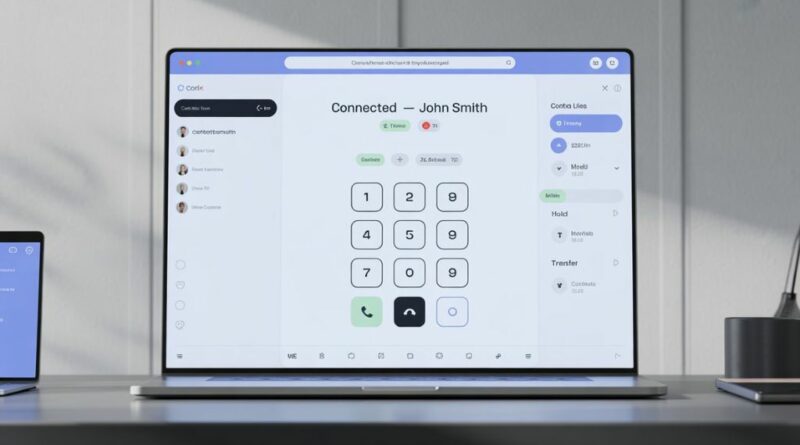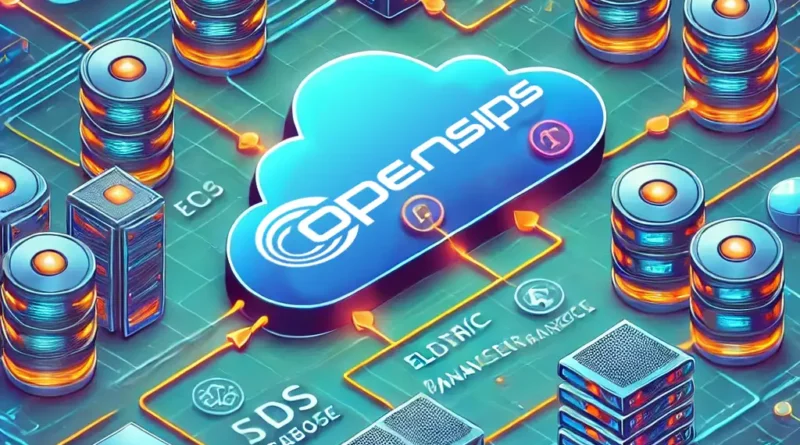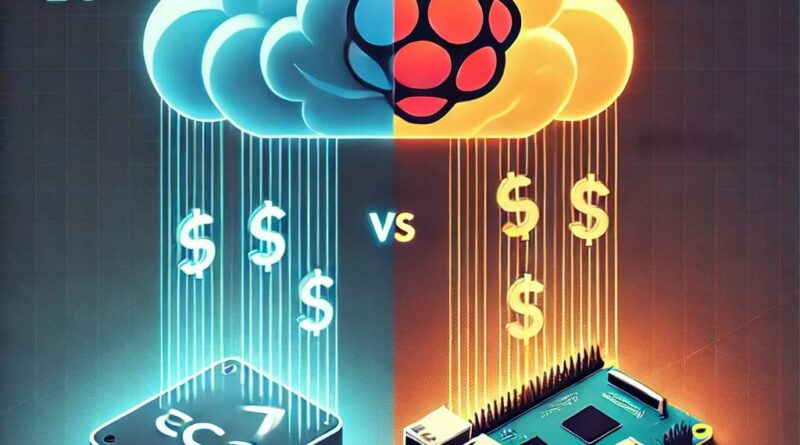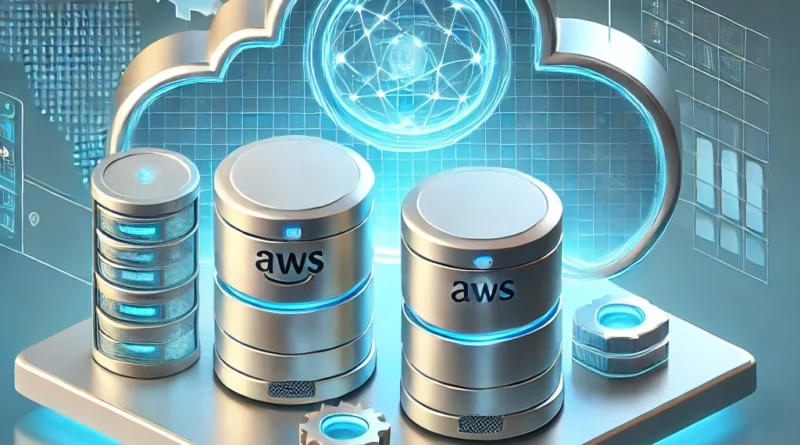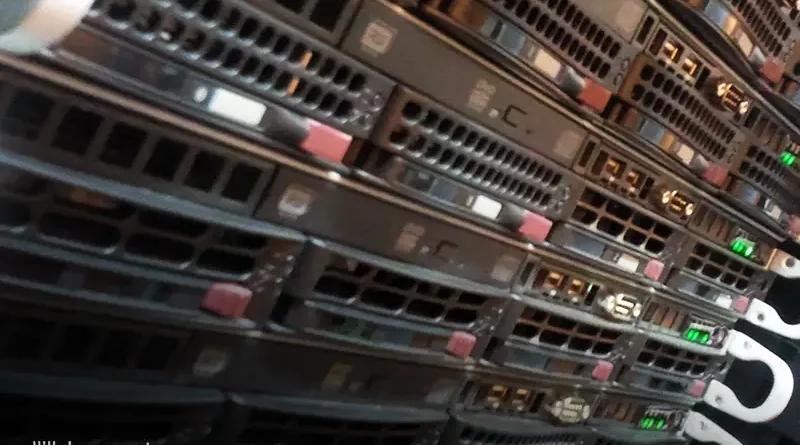Browser SIP Client (WebRTC Softphone) for PBX
Modern teams live in the browser. Installing and maintaining desktop softphones slows everyone down. A WebRTC softphone (browser SIP client) puts secure, crystal-clear calling into any modern browser—no downloads, no VPN, no IT tickets.
Read more